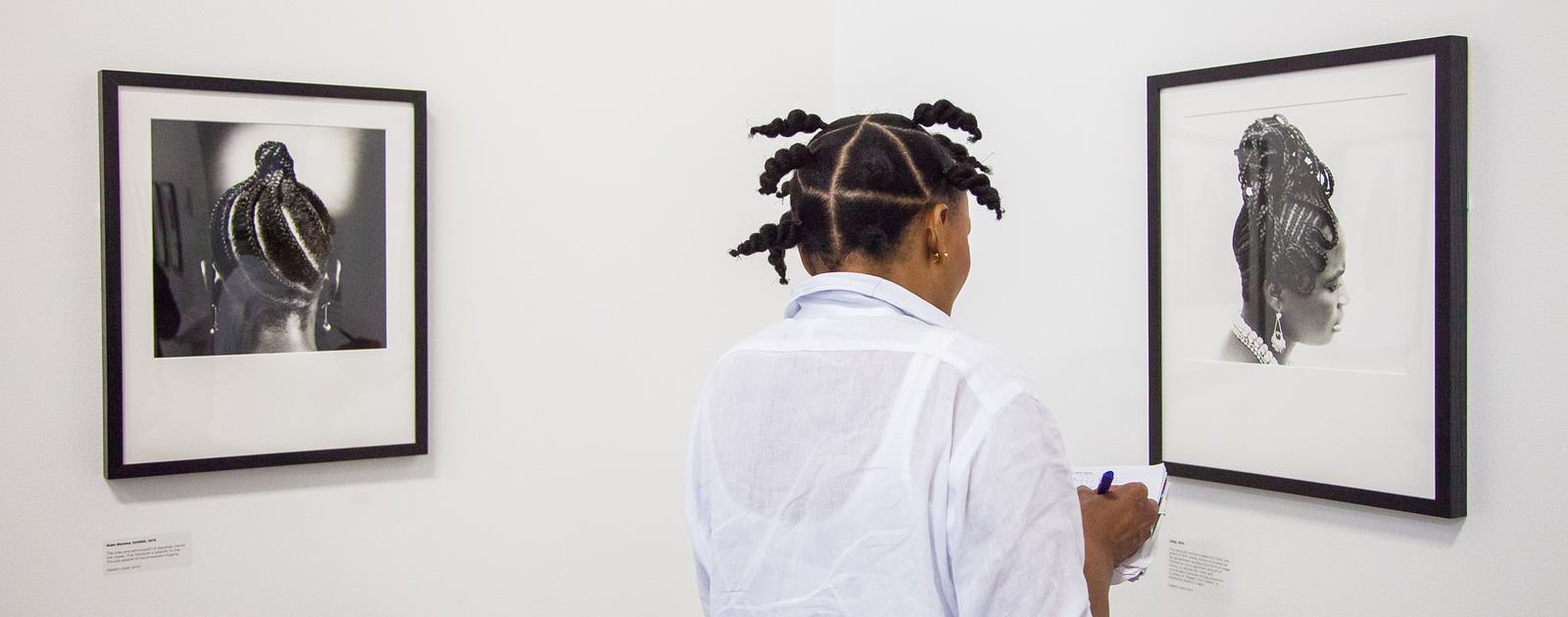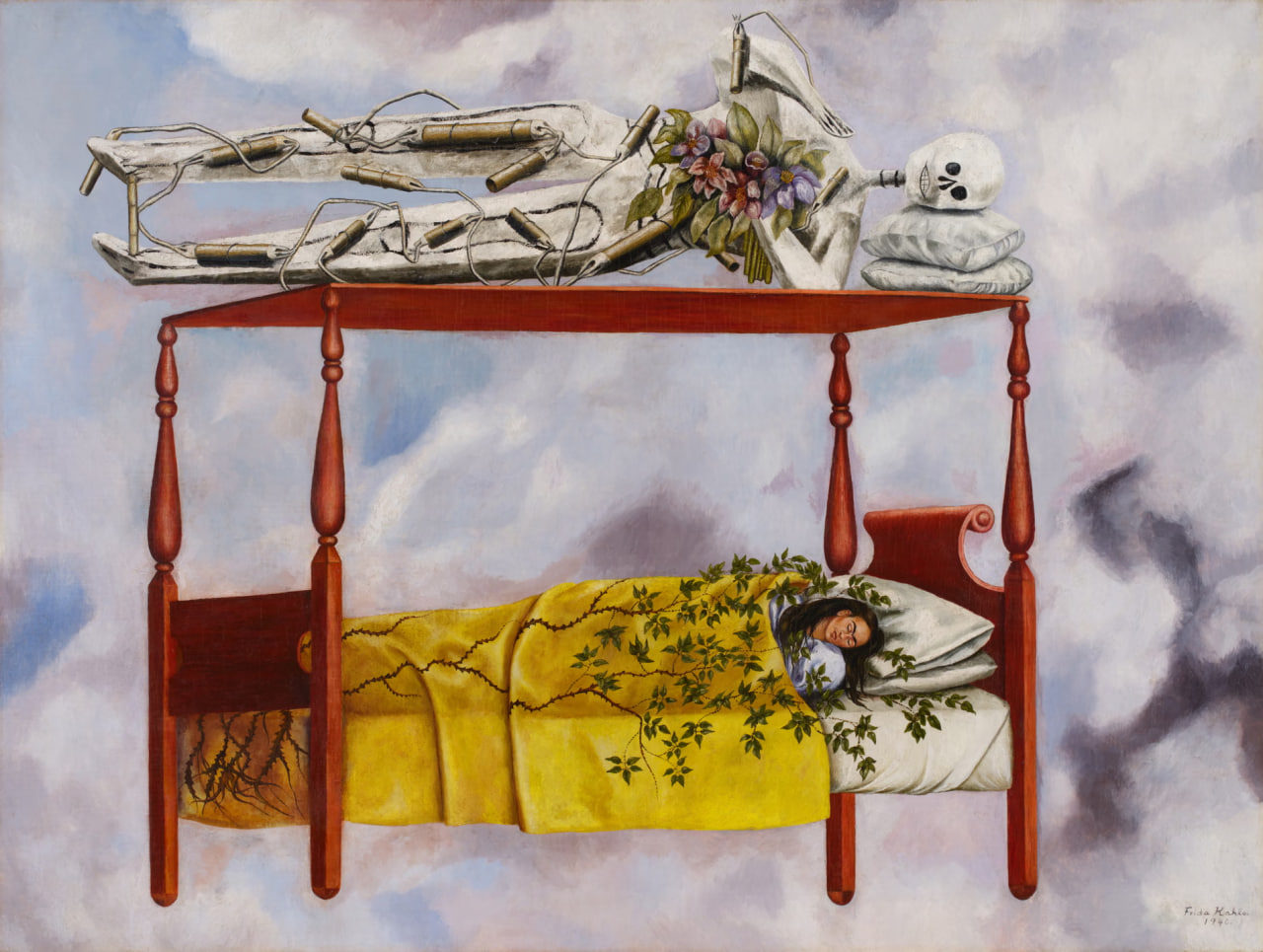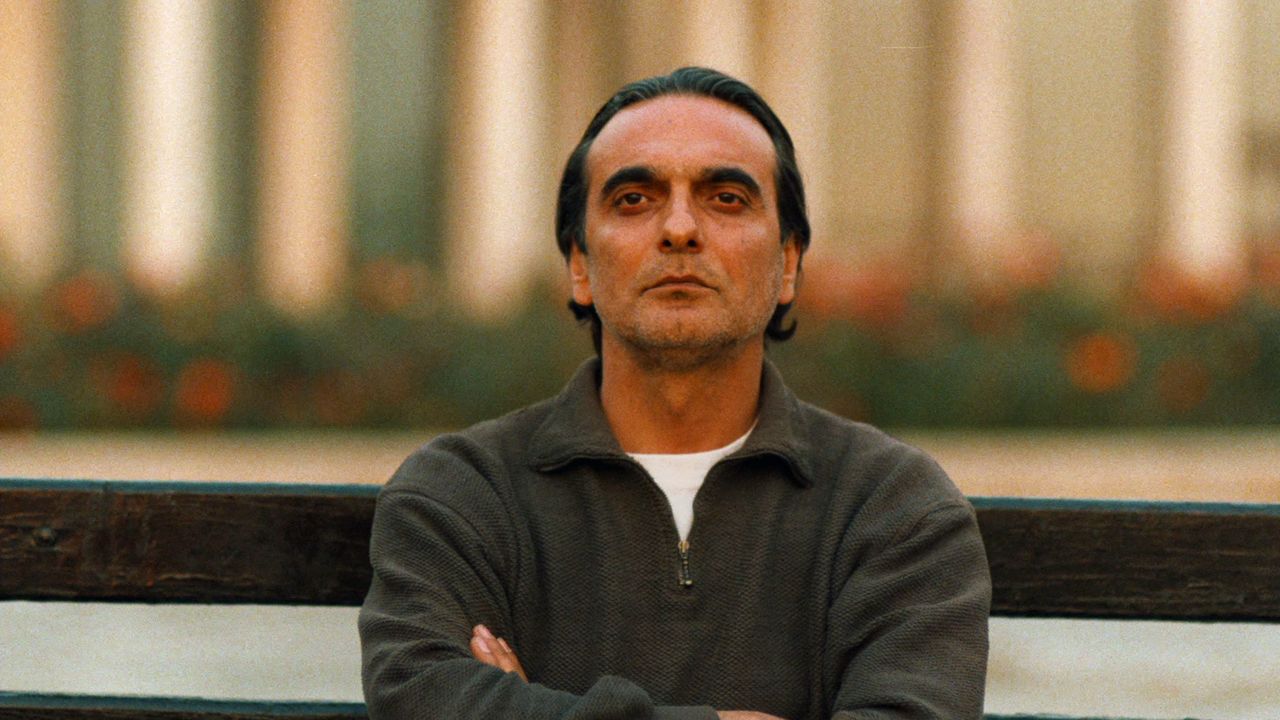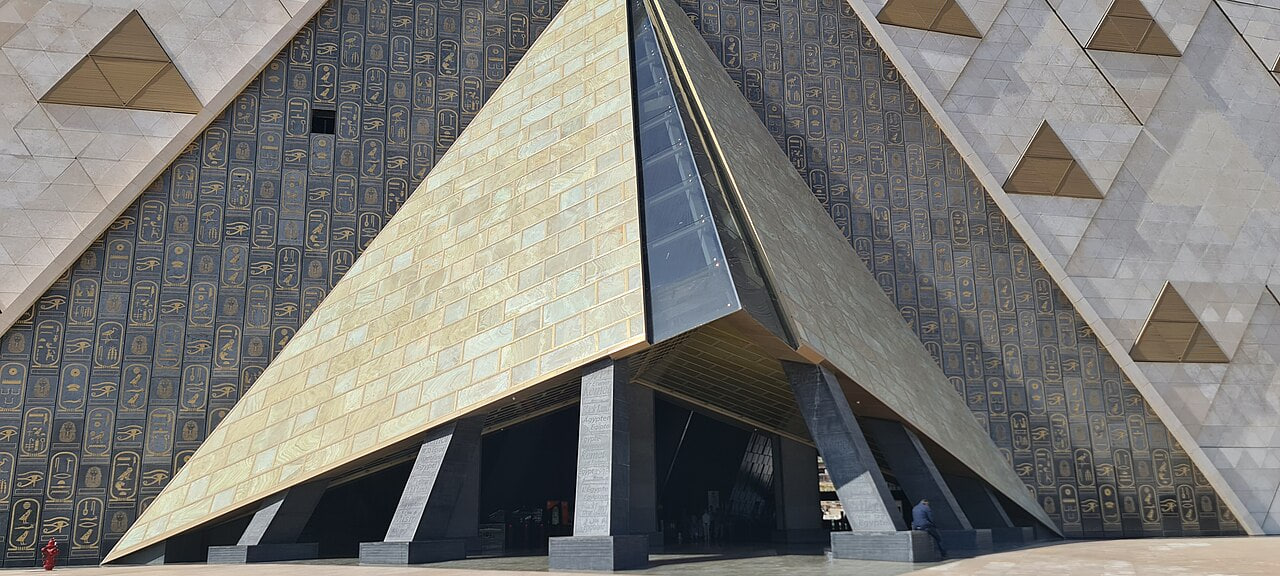One of the approaches that art sociologists have often tend to study the interrelationship between art and society is reflection’s approach. In the reflection approach, the impact of society on art is considered and the enthusiasts believe that the artwork reflects the events that occur in a community. Based on this approach, artworks reflect the contemporary community like a mirror. However, as the mirror only reflects part of the chosen reality within its framework, the artworks also represent part of the community.
By studying artworks as a cultural expression of different social groups, can be reached to cognition the views and attitudes of that group towards society. The photographer is a member of the social group and the social group’s perspective and outlook affect his vision. The photographer is a representative of a social group and displays his vision and values in the pictures.
In art history, the African artist worked within the framework of certain formal covenants, and in his work, he incorporated a concept related to the subject and gave it a dynamic power till his creature take the energy and build up its existence. African art has been conceptual and often abstract art, mostly on wooden works such as the ancestors’ masks and statues. These masks were used to the purpose of connecting to the world of ghosts, to worship ancestors, and as a protective spell in exploiting vital forces.
In the past of Nigeria, there have been names that were related to African art that is important: Nok is the name of the ancient culture of Central and Northern Nigeria which the proteomes pottery related to the second half of the first millennium BC is considered as ancient artworks.
Yoruba is a sizeable tribal name in the southwest of Nigeria, which is the most prolific artist of West Africa has been known with this name and includes masks used in secret circles and holy objects mainly related to the Thunder God.
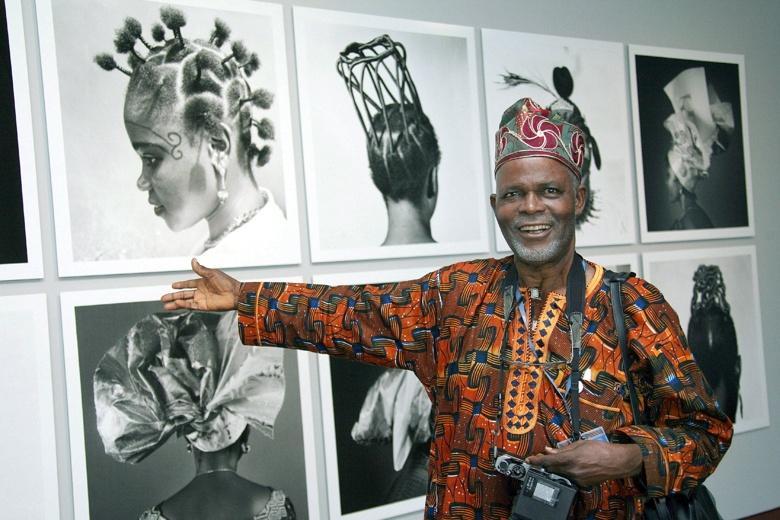
Okhai Ojeikere (1930-2014) was one of the twentieth-century African photographers who, during his fifty years of professional activity, created visuals that were featured at international art gatherings like the Venice Biennale. He was a pioneer in documentary photography in Nigeria and over the years with his artworks he has been grateful for the cultural heritage of his provenance. Since the 1950s, during the forties, he recorded more than thousands of images of the Nigerian women’s hairstyle model, which presents with elegant creativity without showing just merely the beauty, social and cultural life of Nigeria.
Barbers use this decoration to convey deep and symbolic concepts of social status, age, and tribal traditions. For years, the use of hairpiece, wig and hair straighteners has become a normal practice in the lives of Nigerian women until Ojikere began to take black and white photography from their woven/braided hairstyle.
Many of these photos have shot from behind to emphasize the abstract aspect and simulate the creation of a vertu in sculpture. These images can well reflect the social background or the culture of Nigerian women. In Nigeria, there are hundreds of ethnic groups; each with its own language and tradition has a different hairstyle. Their hairstyles are not the same and each has its own beauty. Some styles sometimes require more than a week’s work. In the special sense of the symbol, there is a visual recipe of an abstract subject by transforming its dynamic characteristics into special traits of form, color, and movement. In Ojeikere pictures, form (shape) is the main foundation stone. The human identity appears in the design of braided hair architecture. By registering them as a collection, the photographer establishes documentation of this kind of symbolism.
Roland Barthes considers photography as a completely new and innovative phenomenon in world history and believes: ” The world has hundreds of thousands of years of life and from cave paintings to the present, thousands of years that pictures have been existence. There are millions of images in the world, but at once around 1822, a new kind of picture is revealed, a kind of phenomenon of the new icon which is completely neoteric in terms of anthropology…Photography transforms the concept and the intentions of art, and therefore has a special place in the world.”

